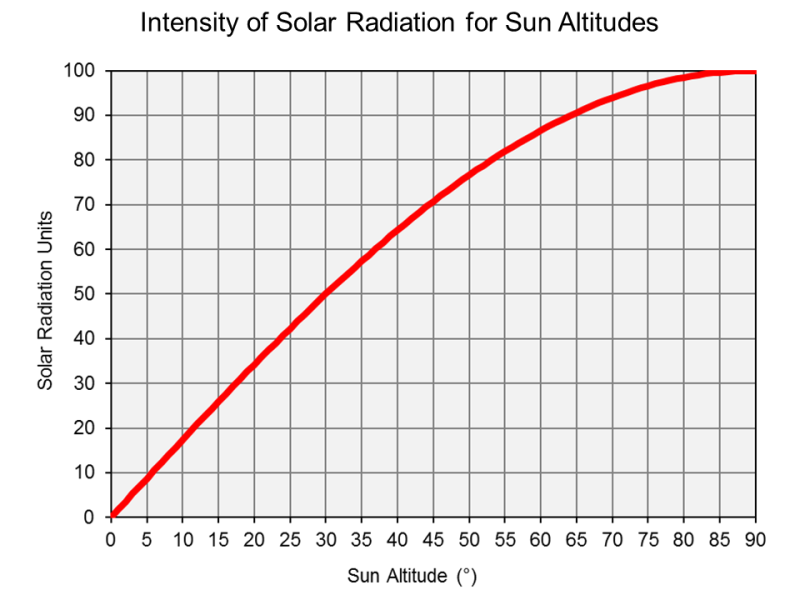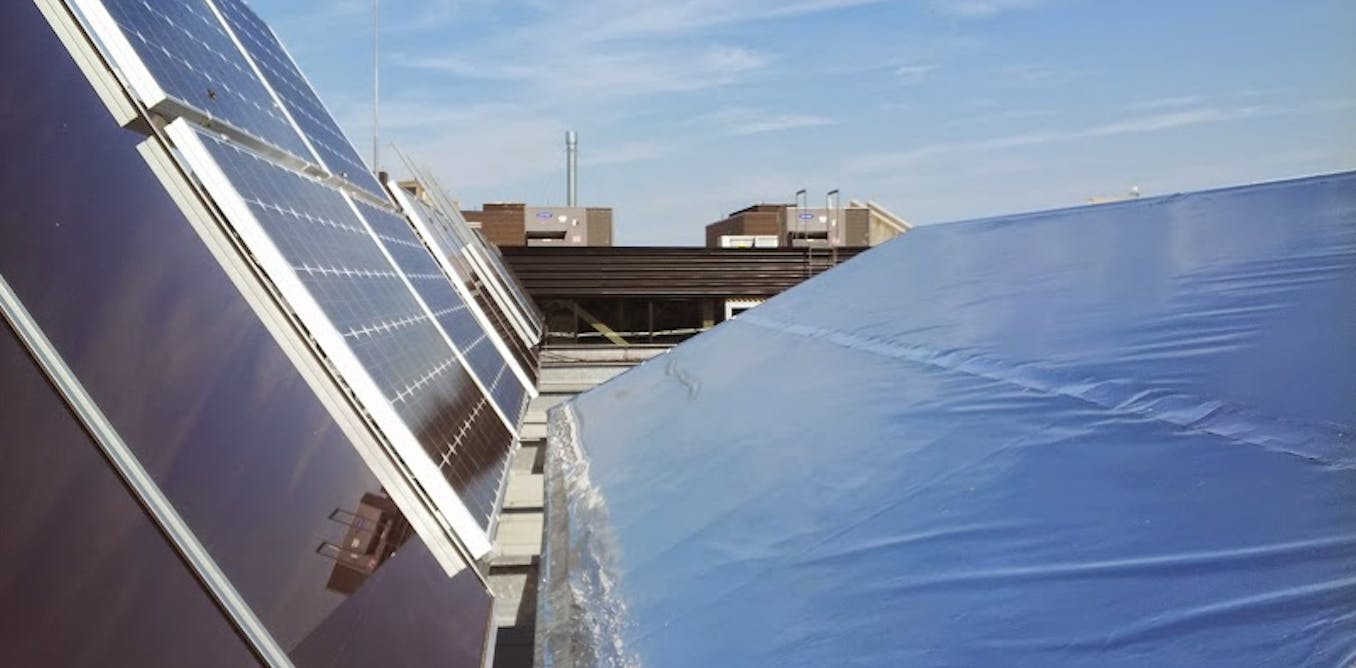EclecticBadger
New Member
- Joined
- Sep 20, 2019
- Messages
- 28
One of the cost factors to take into account with any solar installation involves cabling between the panels and either where the power is to be used and/or the battery storage bank.
My question for the forum, could long cable runs be substituted by using mirrors to focus sunlight on to a panel. The panel itself could even be installed on a shaded wall, but would be illuminated by focused and redirected sunlight. I have considered that heat would be a factor and am aware that middle east countries employ banks of mirrors focussed on to a central tower as a means of creating steam to power generators. But would this work for PV?
This is purely a thought experiment at this stage, but I would love to read other's opinion, whether that be with links or comment on 'pie in the sky'.
Cheers.
My question for the forum, could long cable runs be substituted by using mirrors to focus sunlight on to a panel. The panel itself could even be installed on a shaded wall, but would be illuminated by focused and redirected sunlight. I have considered that heat would be a factor and am aware that middle east countries employ banks of mirrors focussed on to a central tower as a means of creating steam to power generators. But would this work for PV?
This is purely a thought experiment at this stage, but I would love to read other's opinion, whether that be with links or comment on 'pie in the sky'.
Cheers.







